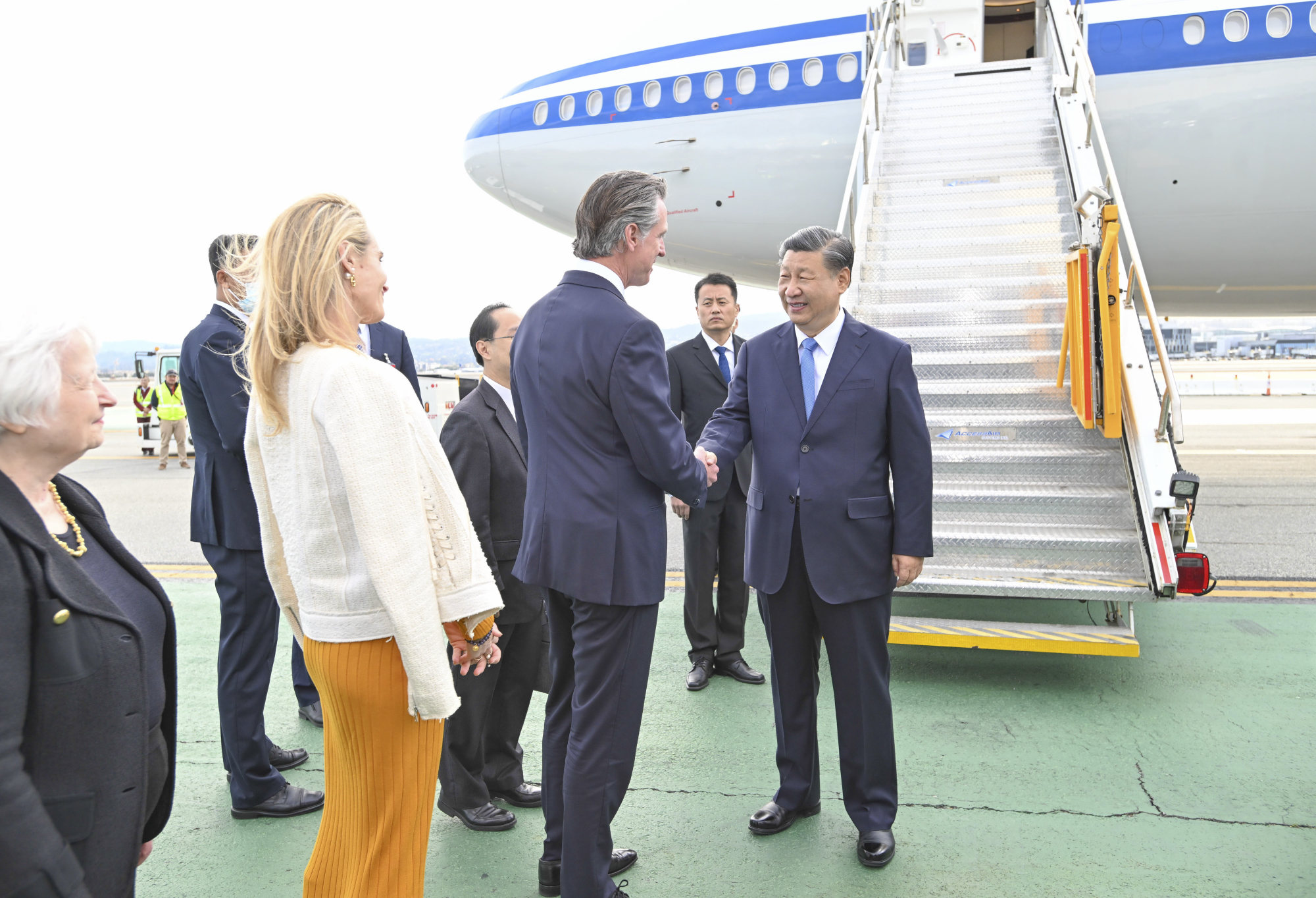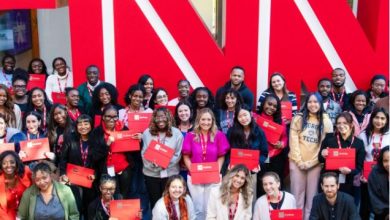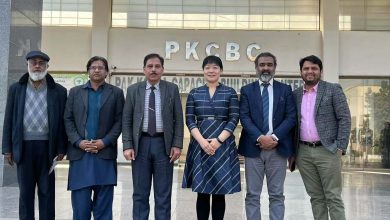Early progress hours before Joe Biden-Xi Jinping meeting as rare US-China climate accord is announced
China and the United States unveiled a rare climate agreement calling for greater joint action to tackle the climate crisis as President Xi Jinping arrived in San Francisco on Wednesday for his first visit to America in six years.
Xi and Biden, whose last meeting took place in Bali a year ago, will meet again at Filoli, a country estate built in 1917 and now a National Trust for Historic Preservation site about 30 miles (40 kilometres) south of San Francisco. The schedule released by the White House indicates the talks, which are being held before the Asia-Pacific Economic Cooperation forum begins, will last for four to five hours.
The meeting follows months of painstaking preparations from both sides, and the choice of a secluded location well away from the main Apec venue and other security measures – such as a drone ban near the site – highlights the sensitivity and importance both sides attach to the high-stake meeting and concern about disrupting the fragile trust between the nations.
Information has been kept on a need-to-know basis and is being made public only hours before the events.
Xi’s decision to meet Biden in California was viewed as an overture after ties between Beijing and Washington hit their lowest point in decades after the US shot down a Chinese spy balloon in February and tensions flared over issues such as Taiwan and the South China Sea.
Biden said he hoped to improve ties with China and would seek to resume normal communications between the two superpowers, including military-to-military contacts.
The Chinese leader, who first visited San Francisco 38 years ago when he had just started his political career as the Communist Party boss in Hebei’s Zhengding county, waved from the steps of his Air China plane upon arrival. He was greeted by US officials on the tarmac, including Treasury Secretary Janet Yellen; the ambassador to China, Nicholas Burns; and California Governor Gavin Newsom.
He then got into a Chinese Hongqi, or Red Flag, limousine and left for San Francisco, where demonstrations are expected both for and against his visit. Xi was accompanied by his chief of staff and Politburo Standing Committee member Cai Qi and Foreign Minister Wang Yi.
COP28: China serious about clean energy, says US climate envoy John Kerry
COP28: China serious about clean energy, says US climate envoy John Kerry
Footage from state broadcaster CCTV of Xi’s arrival showed that his entourage also included Jiang Jinquan, director of the Communist Party’s Central Research Office; Zheng Shanjie, head of the country’s top economic planning agency; and Commerce Minister Wang Wentao.
During his stay, Xi will meet other world leaders and business executives on the sidelines of the Apec summit and give a speech at a dinner organised by the US-China Business Council and the National Committee on US-China Relations.
The American business leaders are attending Wednesday’s dinner amid uncertainties about US-China relations and the Chinese economy. They have paid at least US$2,000 a plate, with a ticket to sit at Xi’s table reportedly selling for US$40,000.
Critics, including US lawmakers, have accused American corporate leaders attending the event of ignoring China’s human rights records and the fact that Beijing is seen by many in Washington as the United States’ main threat.

In a positive sign just hours before the Biden-Xi meeting, China and the United States pledged to renew climate cooperation and step up joint action to combat global warming.
In identical statements issued separately on Wednesday, the countries agreed to relaunch a working group on climate cooperation, “pursue efforts to triple renewable energy capacity globally by 2030” and “accelerate the substitution for coal, oil and gas generation”.
The world’s top two carbon emitters also agreed to include methane in their respective 2035 emission-cutting plans – the first time China has made such a pledge – and work together to control other non-carbon dioxide greenhouse gas emissions, as well as curb forest loss and plastic pollution.
The statements follow four days of talks last week between China’s special climate envoy Xie Zhenhua and his US counterpart John Kerry at the Sunnylands estate in California.
Climate experts welcomed the agreements, despite the absence of any pledge from China to phase out dirty coal or the building of new coal power plants.
Li Shuo, incoming director of the China Climate Hub at the Asia Society, said renewed cooperation was “very important” both for bilateral ties and the COP28 United Nations climate talks in Dubai later this month.
“The Sunnylands statement is a timely effort to align the US and China ahead of COP28. It underscores the need for engagement between the two largest emitters of the world, a precondition for meaningful global progress,” he said.
The release of the details was carefully timed ahead of the Xi-Biden meeting and as such, the limited progress on the climate front was not surprising, Li noted.
“It reopens a lot of environmental communication and it shows again that re-establishing engagement and dialogue between the US and China is very important,” he said.
“Under the current challenging political situation between China and the US, any climate outcome will only be ‘floor setting’, not ‘tone setting’ or ground breaking,” Li added.
Despite their differences on setting targets for emissions reductions and whether climate issues should be viewed separately from other disagreements, climate change has long been pitched as a rare bright spot in US-China ties.
“China and the US recognise that the climate crisis has increasingly affected countries around the world,” China’s Ministry of Ecology and Environment said in the statement.
Both sides recommitted to the 2015 Paris climate accord goals of holding global warming to “well below” 2 degrees Celsius compared with pre-industrial levels and trying to limit the increase to 1.5 degrees.
But the statement also said that their efforts should be based on principles of equity and “common but differentiated responsibilities and respective capabilities, in light of different national circumstances” – a point Beijing has used over the years to defend its perceived lack of transparency and ambition in emissions reduction.
Global clean energy transition must move at ‘warp speed’ to meet Paris goal: BCG
Global clean energy transition must move at ‘warp speed’ to meet Paris goal: BCG
The revived working group, which was first established in 2021, will focus on “energy transition, methane, circular economy and resource efficiency, low-carbon and sustainable provinces/states and cities, and deforestation”, according to the statement.
The two sides stressed “the importance of COP28 in responding meaningfully to the climate crisis during this critical decade and beyond” and agreed to work together to “rise up to one of the greatest challenges of our time for present and future generations of humankind”.
They also agreed to restart “bilateral dialogues on energy policies and strategies” and “immediately initiate technical working group cooperation” on the reduction of methane, of which China is the world’s biggest emitter.
Other commitments included “at least five” large-scale cooperation projects in carbon capture, utilisation and storage by the end of the decade.
Additional reporting by William Zheng






